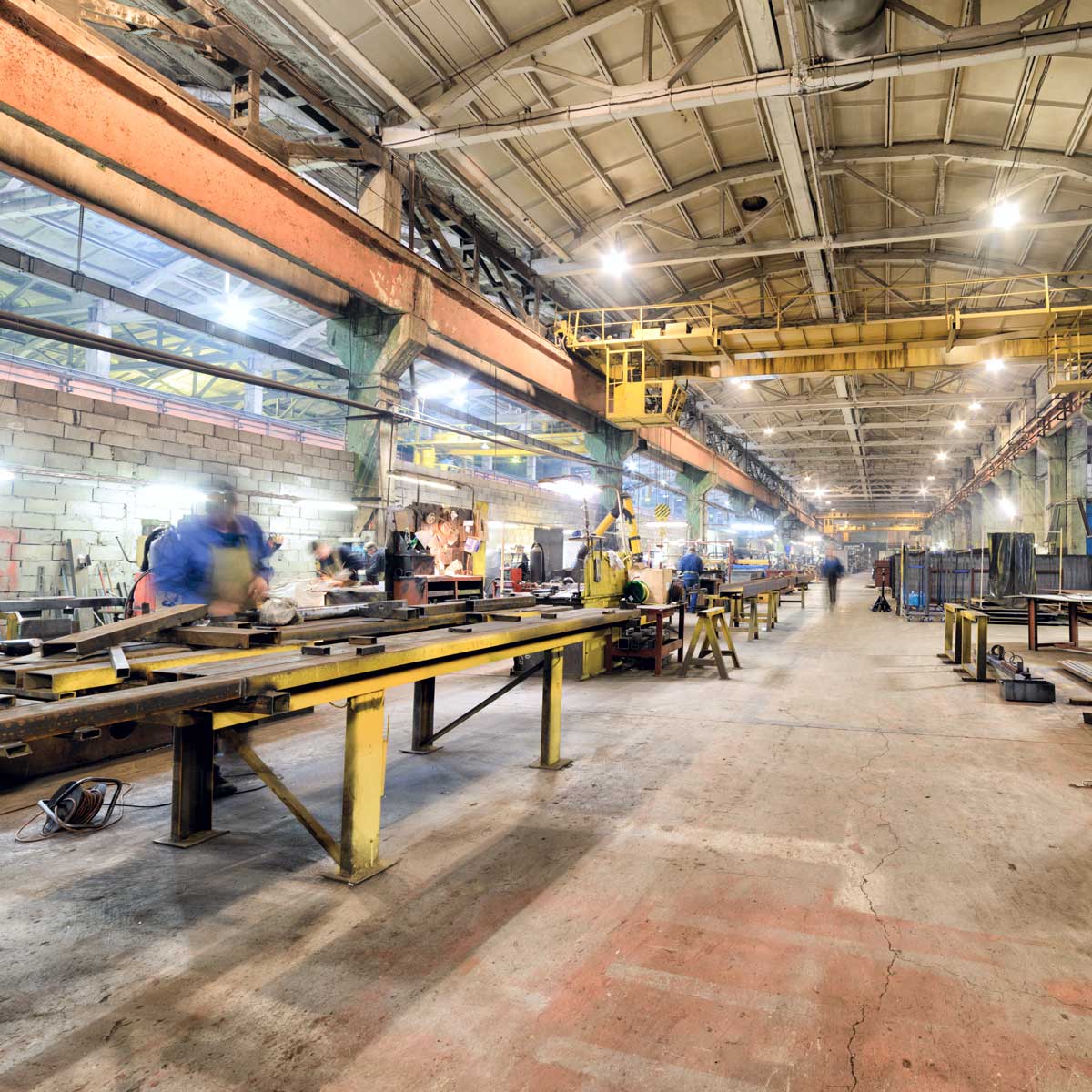This website uses cookies so that we can provide you with the best user experience possible. Cookie information is stored in your browser and performs functions such as recognising you when you return to our website and helping our team to understand which sections of the website you find most interesting and useful.
Manufacturers recognize their production employees didn’t get a break during shutdowns – a Roundtable Recap

From lockdowns to material delays and shortages to keeping workforces safe and showing up each day, manufacturing and distribution companies’ grit and resiliency was tested over and over again in the past two years. A group of 20 executives from across the Midwest and east coast gathered virtually to discuss the conundrum of attracting and engaging employees for hourly production in-person floor jobs. Below, we recap their resourceful approaches.
“We’re not here to complain, but…”
The first step to solving a problem is addressing that there is one, or many. The recent Sikich Industry Pulse found that 84% of manufacturers experienced plant floor employee turnover in 2021. The roundtable group discussed some of the challenges they’re experiencing, like:
- Competing with Amazon distribution centers for employees. Sometimes Amazon will offer one dollar more per hour than the local manufacturer to lure workers over, but their stricter attendance policies make workers rethink the jump.
- Speaking of attendance, many executives did not have issues hiring but really struggled to keep their employees showing up for work on time, if at all, in some cases.
- Increasing pay seemed to be the most effective attraction and retention tool, but the cost of the increased wages was oftentimes passed onto customers. The group agreed that enhanced benefit packages, like lower health insurance premiums, dental and vision insurance options, made little traction.
- One attendee said his company looked into having in-house childcare to attract working parents, but the cost and liabilities were astronomical. He also considered offering a childcare stipend. Unfortunately, that did not resonate with workers at the time, as the childcare industry also faces extreme shortages.
“We recognize our people didn’t get a break during shutdowns”
As an essential business, the employees of manufacturing companies did not have the “pandemic breather” other industries experienced at the beginning of 2020. With remote work off the table for employees in production, companies looked to implement enhanced employee benefits, including:
- Incentivizing attendance with point systems and bonuses for consistent attendance.
- Conducting employee surveys via Gallup, Glint and other platforms, making sure surveys were mobile-friendly and easy to take. Most importantly, employers could then make clear changes based on feedback.
- When possible, offering flexible scheduling, like 10-hour shifts four days a week or shifts to accommodate early risers and night owls.
- Including employees in the recruitment process with referral bonuses for the referred and referrer.
- Offering English as a second language (ESL) programs.
- Making work more meaningful by celebrating holidays, coworker accomplishments and more, all led by leadership and management.
- Leadership recognizing personal milestones, like birthdays and work anniversaries. One president even handwrites and delivers birthday cards with a “crisp $10 bill.”
“We need to look at every step of the recruitment process”
Manufacturers and distributors have to put their sales hats on to source the right workforce, and ask:
- Who is doing the recruiting? One company hired a dedicated full-time recruiter whose sole focus is to source new employees. As a result, more than 23 candidates have been brought on in 2021.
- What types of candidates are being considered? From second-chance programs for individuals with non-violent criminal backgrounds to those with disabilities like autism, some companies experienced great success when expanding their candidate pool. Another route suggested was to target retail and food service workers, as careers in manufacturing are often higher-paying opportunities.
- Where are the best places to post job listings? Along with drafting straightforward, positive job postings, advertising them in the right place is key. Sikich Human Capital Management and HR Advisory expert, Pattie Wagner, suggested using Indeed, LinkedIn, ZipRecruiter (which integrates with Google) and CareerBuilder.
- How easy is the application process? A mobile-friendly, concise application is likely to greatly increase your candidate pipeline.
- When do you make an offer to a candidate? On-the-spot offers are becoming more and more popular. So, have an offer ready if the interview goes well to avoid losing the candidate to the many other open positions on the market.
- Why should they work for you? Recruitment is a two-way street, and in this climate, selling the advantages of working for your company, like the culture, values, mission and fun perks, in the job posting, on your website and during interviews may sway more candidates.
This publication contains general information only and Sikich is not, by means of this publication, rendering accounting, business, financial, investment, legal, tax, or any other professional advice or services. This publication is not a substitute for such professional advice or services, nor should you use it as a basis for any decision, action or omission that may affect you or your business. Before making any decision, taking any action or omitting an action that may affect you or your business, you should consult a qualified professional advisor. In addition, this publication may contain certain content generated by an artificial intelligence (AI) language model. You acknowledge that Sikich shall not be responsible for any loss sustained by you or any person who relies on this publication.




